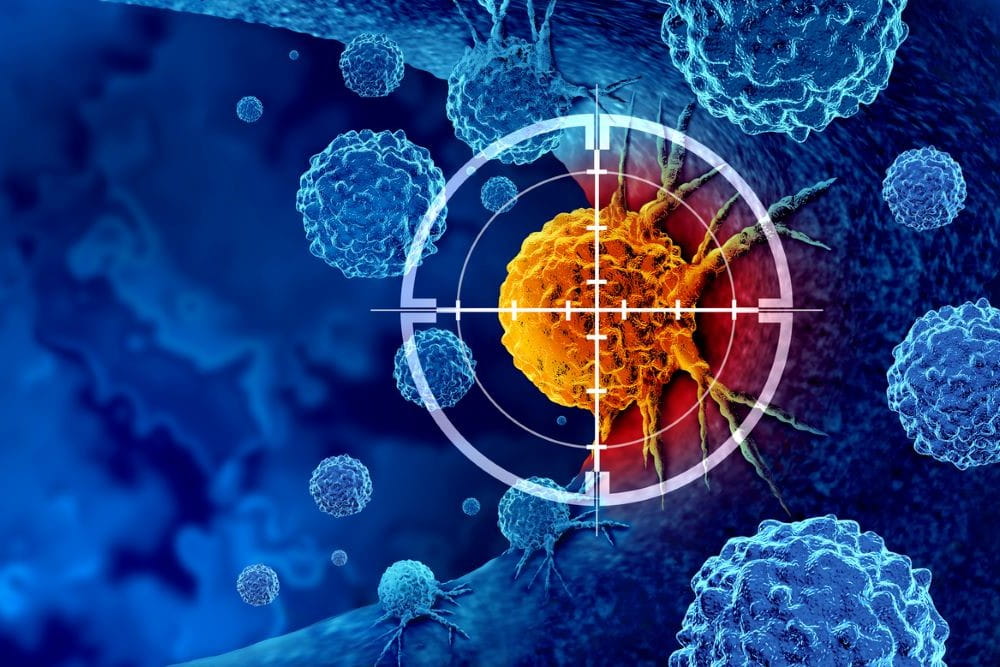Cancer remains one of the most challenging health conditions worldwide, affecting millions of people every year. Over the decades, treatments have evolved from conventional methods like surgery, chemotherapy, and radiation to advanced therapies such as immunotherapy, targeted drugs, and precision medicine. Understanding the difference between traditional and modern approaches to cancer therapy helps patients and families make informed decisions about treatment options.
What Are Traditional Cancer Therapies?
Traditional cancer treatments have been the backbone of oncology for decades. They focus on removing or destroying cancer cells through physical or chemical means.
1. Surgery
One of the earliest treatments for cancer, surgery involves removing tumors or affected tissue. It is most effective when the cancer is localized and detected early.
- Advantages: Can completely remove cancer in early stages.
- Limitations: Not useful for widespread or metastatic cancers.
2. Chemotherapy
Chemotherapy uses strong drugs to kill rapidly dividing cancer cells. It is one of the most recognized traditional treatments.
- Advantages: Treats cancer that has spread across the body.
- Limitations: Causes side effects like hair loss, fatigue, nausea, and low immunity because healthy cells are also affected.
3. Radiation Therapy
Radiation uses high-energy beams to destroy cancer cells in a targeted area.
- Advantages: Highly effective in shrinking localized tumors.
- Limitations: May damage surrounding healthy tissues and cause long-term side effects.
These methods remain essential, but they often come with harsh side effects and limited precision.
The Rise of Modern Cancer Therapies
Modern cancer therapies focus on precision, personalization, and reduced side effects. With advances in biotechnology, genetics, and artificial intelligence, treatment strategies now aim to target cancer cells specifically while sparing healthy tissue.
1. Immunotherapy
Immunotherapy boosts the body’s own immune system to fight cancer. Treatments include checkpoint inhibitors, CAR-T cell therapy, and cancer vaccines.
- Benefits: Long-term immune memory against cancer, fewer side effects.
- Example: Immunotherapy has shown remarkable results in melanoma and lung cancer patients.
2. Targeted Therapy
This approach uses drugs that specifically target genetic mutations or proteins in cancer cells. Unlike chemotherapy, it does not attack all fast-dividing cells.
- Benefits: More precise and effective with fewer side effects.
- Example: Drugs that block the HER2 protein in breast cancer patients.
3. Precision Medicine
Precision medicine tailors treatment based on a patient’s genetic profile. Doctors use genomic testing to determine which therapies will be most effective.
- Benefits: Personalized and highly effective treatment.
- Limitations: Requires advanced genetic testing, which may not be available everywhere.
4. Nanotechnology in Cancer Treatment
Researchers are exploring nanotechnology to deliver drugs directly to tumors. This ensures minimal harm to surrounding tissues.
- Benefits: Higher drug efficiency, reduced toxicity.
Comparing Traditional vs Modern Approaches
| Aspect | Traditional Therapies | Modern Therapies |
|---|---|---|
| Focus | Kill or remove cancer cells broadly | Target cancer cells precisely |
| Examples | Surgery, chemotherapy, radiation | Immunotherapy, targeted drugs, precision medicine |
| Side Effects | High, affects healthy cells | Lower, more selective |
| Personalization | One-size-fits-all | Tailored to genetics and tumor biology |
| Success Rate | Effective but limited in advanced stages | Promising results in advanced and resistant cancers |
Patient Experience: Then vs Now
In traditional therapies, patients often endured severe side effects like fatigue, organ damage, and hair loss. These treatments, though effective, were physically and emotionally draining.
Modern therapies improve quality of life, offering patients hope with fewer side effects. For example, many immunotherapy patients report feeling healthier during treatment compared to those undergoing chemotherapy.
Challenges of Modern Approaches
Despite their promise, modern cancer therapies face several challenges:
- High Costs: Cutting-edge treatments are expensive.
- Accessibility: Advanced therapies are not widely available in all regions.
- Time: Some treatments, like CAR-T therapy, require weeks of preparation.
- Uncertainty: Not all patients respond to modern therapies, making ongoing research essential.
The Future of Cancer Therapy
The future lies in combining the best of both worlds. Many treatment plans already include traditional methods with modern innovations. For instance, a patient may undergo surgery to remove a tumor, followed by immunotherapy to prevent recurrence.
With ongoing research, future cancer treatments may rely more on AI, genetic engineering, and nanotechnology, offering even more effective and personalized solutions.
Final Thoughts
The journey from traditional to modern cancer therapies reflects humanity’s fight against one of its deadliest diseases. While surgery, chemotherapy, and radiation remain important, modern approaches like immunotherapy and precision medicine offer new hope and improved survival rates.
For patients, the best approach often combines traditional methods with modern innovations, tailored to their unique condition. As science advances, the future of cancer treatment looks brighter, more effective, and more humane.

